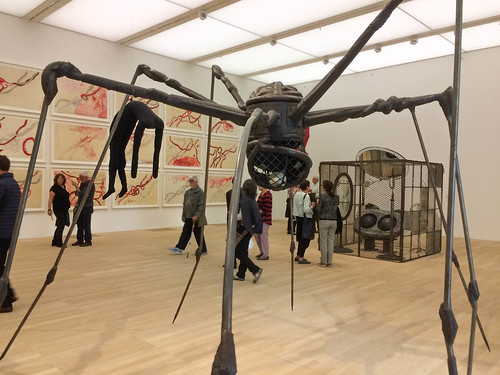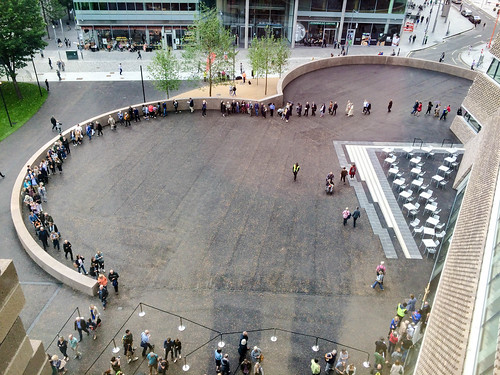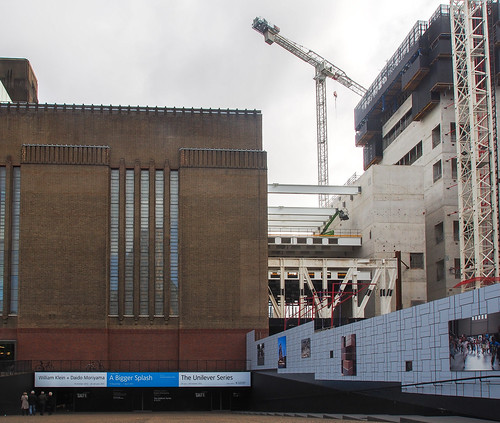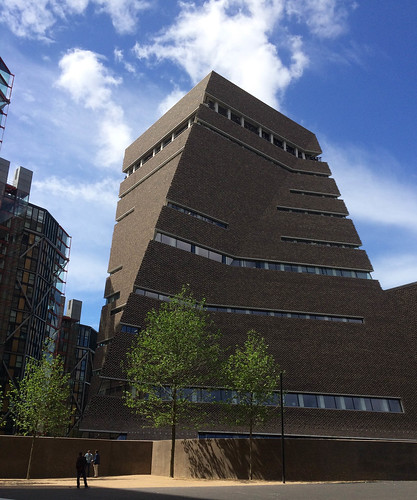
I thought yesterday evening's Muse at Glastonbury would be a perfect antidote to the day's unfolding political events. And yes, they played Supermassive Black Hole, and Matt Bellamy did say "Thank you, merci, danke schön" so at least some of the European bases were being covered.
Here's a link to yesterday's Glastonbury 2016 with Muse playing Mercy.
There's plenty of other good stuff including the entire Héloïse Letissier (Christine and the Queens) set. Although, come to think of it, 'Tilted' (at 20:00) may under-express the change in UK over the last day.
As an example, I notice that the global markets dropped by $2 trillion. Some of those gamblers on hedge funds must be minted, if they shorted UK stocks.

Less so for savers or people paying into pension schemes, where a probable loss of 6-10% in a single day is quite a singularity.
I had a quick look at a few of the market closes.

Even with the fiddly graphs on this picture, the drop is plain to see. By close of play the FTSE had made up some of the ground, leaving a somewhat ransacked UK banking sector in its wake. Less fortunate were the Italians and the Spanish, both down about 12%.
Coincidentally, the founding member countries of the EU are having an offsite in Berlin this weekend, but instead of an agreeable wine-tasting and opera-fest, they'll have to figure out how to prevent the speculated Frexit, Spexit, Duxit and similar referenda from occurring.

Natacha Bouchart, the Calais mayor, has made her position demanding fast change known. Yesterday evening she said she wanted to suspend the costly and troubled French policed border crossing at Calais.

That would move the challenging management of the border back to the English side.

Meanwhile the French and Germans are looking at ways to entice financial services business to their cities. Someone has thrown Dublin into the mix as well, although (even based on the traffic jams) I'm guessing that is more of a negotiating position. By comparison, when I worked around Frankfurt's financial district I was struck by its brilliantly close airport and ICE links but small size compared with London. There's already talk of thousands of banking jobs being moved across. There's also talk of suspending the $20 billion LSE/Deutsche Börse merger because the Germans now want the main centre to be in Frankfurt.
At the same time, the comedy London Independence Party has emerged with its purple logo and twitter feed and I've seen a few of those ScotLond designs as well, although a high speed train link might not be enough. Maybe London will have to be extra friendly with Nicola Sturgeon, who is already attempting to keep special terms for Scotland and the EU.

Incidentally, the left of the picture shows the Tower of London. I'm wondering if it may need to be re-opened for a special guest? At least the ravens are still there.
In other infrastructure news, the troubled EDF Hinkley Point CGT union energy spokeswoman Marie-Claire Cailletaud indicates new uncertainty, with the project now in a different kind of country, soon to be outside the European Union.
I knew I should have picked up the Prospectus for the changes, before the vote.
Oh, wait a minute, there weren't any?













































